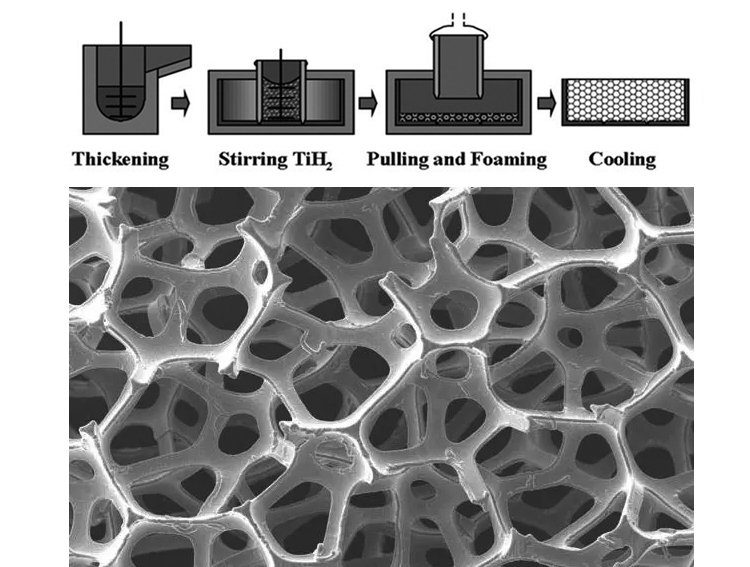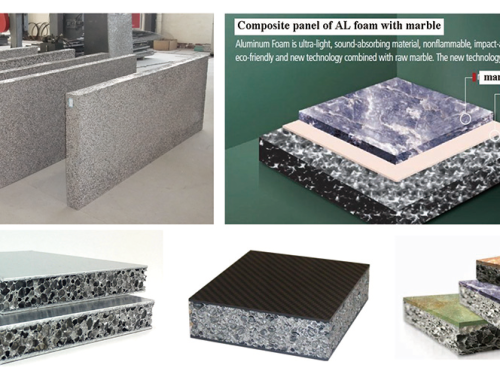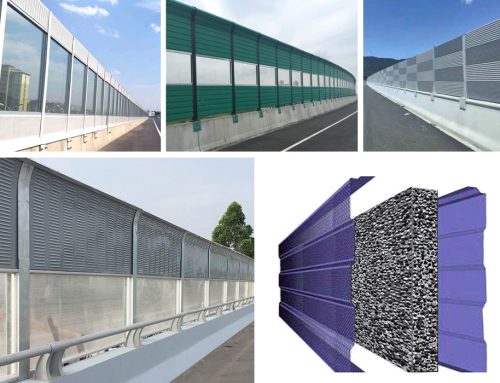The manufacturing process of foamed metals may have some impact on the environment, but the extent of the impact depends on the specific manufacturing process and the implementation of environmental protection measures.
Firstly, the manufacturing process of foamed metal involves the consumption of some energy, such as electricity and fuel, etc. The use of these energy sources may lead to a certain amount of carbon dioxide emissions and other pollutants, such as nitrogen oxides (NOx) and sulphur oxides (SOx).

Secondly, during the manufacturing process of the foamed metal, some chemical substances may be used, such as surface-coated polymers or thermoplastic resins, etc., which may cause a certain amount of pollution to the environment, such as the emission of volatile organic compounds.
However, modern foam metal manufacturing technologies usually adopt a series of environmental protection measures to minimize these impacts, such as the use of renewable energy and efficient production processes to reduce energy consumption and carbon dioxide emissions, environmentally friendly materials and processes to reduce the use and emission of chemical substances, as well as waste treatment and recycling. Therefore, the environmental impacts of foam metal manufacturing can be effectively controlled if appropriate environmental protection measures are implemented.
Foam metals are usually made of metallic materials (e.g., aluminum, magnesium, iron, copper, etc.) and formed into porous structures by coating the metal surface with polymers or thermoplastic resins, which are then sintered or melted at high temperatures. Foam metals have the advantages of light weight, high strength, good energy absorption, thermal conductivity and acoustic properties, and are therefore widely used in many fields, such as energy absorption, thermal insulation, filtration, catalyst carriers, acoustic isolation, etc.



